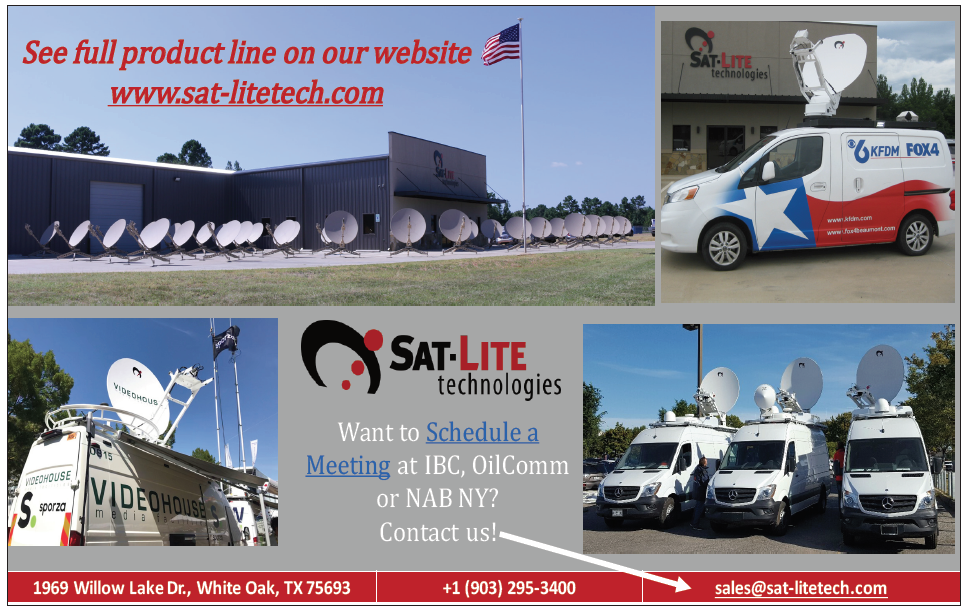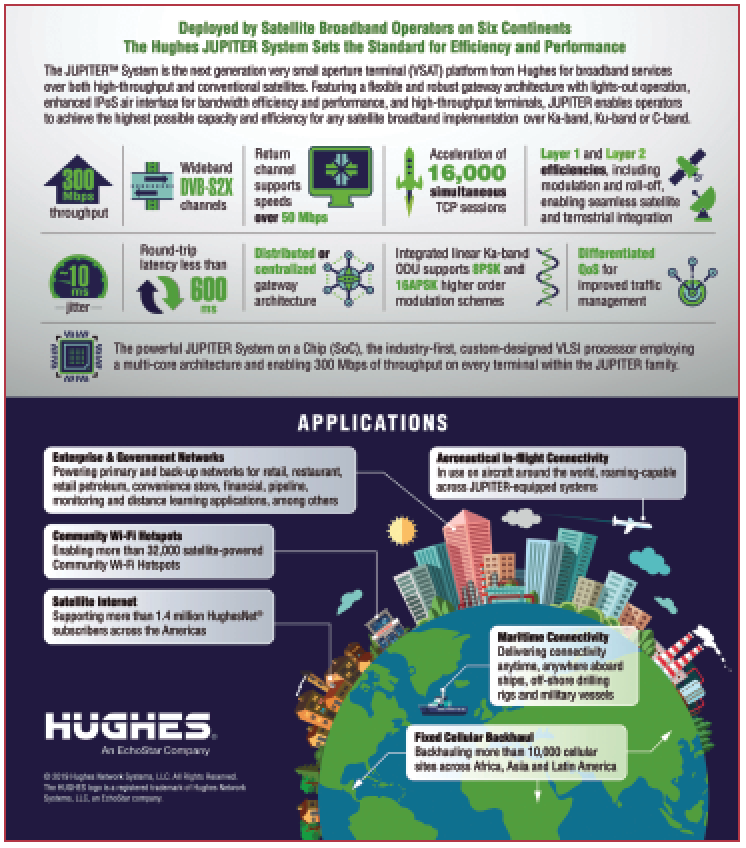Thirty years ago, before the widespread commercialization of the Internet— when Google and Amazon didn’t exist, and Microsoft and Apple were both in their infancy— a hot topic for tech visionaries was “pervasive computing.” The big questions then were: Would people spend more time at their computers computing or communicating? Would they be using devices more while moving or stationary? What would be the killer apps?
Today, with more than seven billion wireless and over four billion Internet subscribers, we now know that the answers to these questions are all “Yes”— and, as a result, we are on the brink of creating a truly interconnected global society with unprecedented opportunities to advance social and economic development in all nations.

But to realize this dream, the most pressing question now is how can we create the best delivery ecosystem on a planet-wide scale to realize the greatest promise of the Internet itself: to be always available, easy to use, affordable and transparent to users? The answer lies in marrying new generations of satellite with both terrestrial fixed and wireless technologies such as 5G.

This is already happening in the marketplace — and rapidly advancing beyond GEOs (geostationary satellites) to include LEOs, MEOs and an emerging plethora of smallsat constellations.
GEOs Lead the Way
With the current generation of High-Throughput Satellites (HTS), cost per bit has dropped to approximately the same levels as terrestrial technologies. Plus, satellite has the advantages that cost of delivery is independent of location and that capacity can be matched to demand through beam pointing, including frequency reuse to increase effective bandwidth like in cellular systems. Hence, it should be no surprise that beyond the billions of terrestrial connections — largely in urban regions of developed economies — there are millions of satellite dishes and terminals around the world bringing previously unserved or underserved populations high-speed Internet access.
Continued healthy growth of this market is driving scale and manufacturing volumes that help lower overall cost of systems and terminals, which in turn is helping make service delivery more affordable globally.
The Affordability Challenge
In countries and regions where individual subscriptions to satellite service are too expensive for the average resident, hybrid solutions of wireless and satellite technologies are emerging to power community WiFi hotspots and shared services that make access affordable.
The main advantage of these solutions is that people can use their own devices— usually handheld mobile phones, a category today that accounts for 48 percent of web page views worldwide.1 This simple example of marrying cellular and satellite technologies has helped bring connectivity to numerous “mobile first” markets in Asia and Africa, providing cellular operators a cost-effective path to expand their addressable markets beyond higher density urban areas. It’s estimated that by 2022 nearly 12 percent of global mobile traffic will be via the emerging 5G wireless technologies2, which in ex-urban and rural regions with limited or no terrestrial services will undoubtedly include combined sat/cell hybrid approaches.
On-The-Move and Always-On
The aviation, maritime and ground transportation industries all currently rely on satellite for connectivity; and adoption of satellite mobility technologies continues to grow.

Euroconsult estimates that more than 23,000 commercial aircraft will offer connectivity to passengers by 2027 (up from 7,400 aircraft in 2017). On the ground, the combination of cellular and satellite technology connects trucking fleets, like those operated by CEMIG Power, which dispatches service vehicles across a wide expanse in Brazil.
While the demand for mobility connections will continue to increase, whether on land, sea or airborne, continuous improvements in satellite technology ultimately will ensure that connectivity is uninterrupted even when operating over different satellites and terrestrial networks. For example, with the Hughes JUPITER Aero system, any ASP operating it can provide gate-to-gate uninterrupted connectivity for flights traveling from one part of the world to another.
Managed Networks
Since the first VSAT networks of the mid-80s, organizations — large and small — whether enterprises or governments, continue to expand network connectivity for employees, customers and constituents no matter where they may be.
Satellite networks serve a multitude of sectors — from oil/gas retail, to hospitality, lotteries and emergency preparedness/response, just to name a few. These are often part of extended wide-area networks (WANS) operating as a hybrid mix of terrestrial fixed/wireless and satellite transport types, delivering essential services such as point-of-sale, inventory control and training, including cloud-based services.
The emergence of managed network services is a major new category that reflects the difficult challenge organizations face in keeping on top of rapidly changing networking technologies such as SD-WAN. Enterprises are seeking trusted partners to run their networks while they focus on running their operations.
Exploding IoT
Predictions are that over the next few years, IoT will exceed 50 billion or more connected devices, driving transformations in how we do business and interact.3 Satellite is a vital part of the network across which the enormous volume of IoT data will travel.
Already, satellite is supporting IoT applications around the world. Examples are advanced meter monitoring for an electric company in the UK, using L-band mobile satellite capacity and Hughes BGAN terminals to deliver electricity usage data from commercial customers to the utility provider. Likewise, in California, consumer smart meter data is backhauled via Hughes terminals connected to mesh radio network concentrators. Many more of such examples are in the works across utilities, agricultural and other industrial sectors.
A Bright Future
As these few examples show, incredible progress has been made in just a few short decades and yet we find ourselves in a sense ‘back to the future,’ at the dawn of yet a larger and more profound era.
As we couldn’t predict then what we take for granted now, it’s certain this story will be repeated — it is clear that it will take the combined creativity and partnerships of people and businesses across the expanding spectrum of technologies — terrestrial and satellite alike — to make it happen.
References
1https://www.statista.com/topics/779/mobile-internet/
2https://www.cisco.com/c/en/us/solutions/collateral/service-provider/visual-networking-index-vni/white-paper-c11-738429.html
3https://www.juniperresearch.com/press/press-releases/iot-connections-to-grow-140-to-hit-50-billion

Dr. Arunas Slekys is the Vice President of Corporate Marketing at Hughes Network Systems, LLC and the elected Chairman of the Board of the Global VSAT Forum, the primary organization promoting the satellite industry. His 40 year career in telecommunications spans technology R&D and business development worldwide: beginning at NASA/Caltech’s Jet Propulsion Laboratory and then Bell-Northern Software Research; to pioneering first/2G cellular systems and terminals as the founding SVP R&D of NovAtel Communications, where he co-authored two patents for packet data over cellular; and during the past 25 years at Hughes as Vice President/GM of Wireless, Broadband Satellite Networks and Corporate Marketing.
In 1991 he received the Alberta Centennial Engineering Award for attaining the highest distinction in his profession. Siekys holds a BASc. in electrical engineering from the University of Toronto, an MSc. from the University of Illinois (Urbana-Champaign) and a PhD in computer/communications engineering
from UCLA.
from UCLA.

